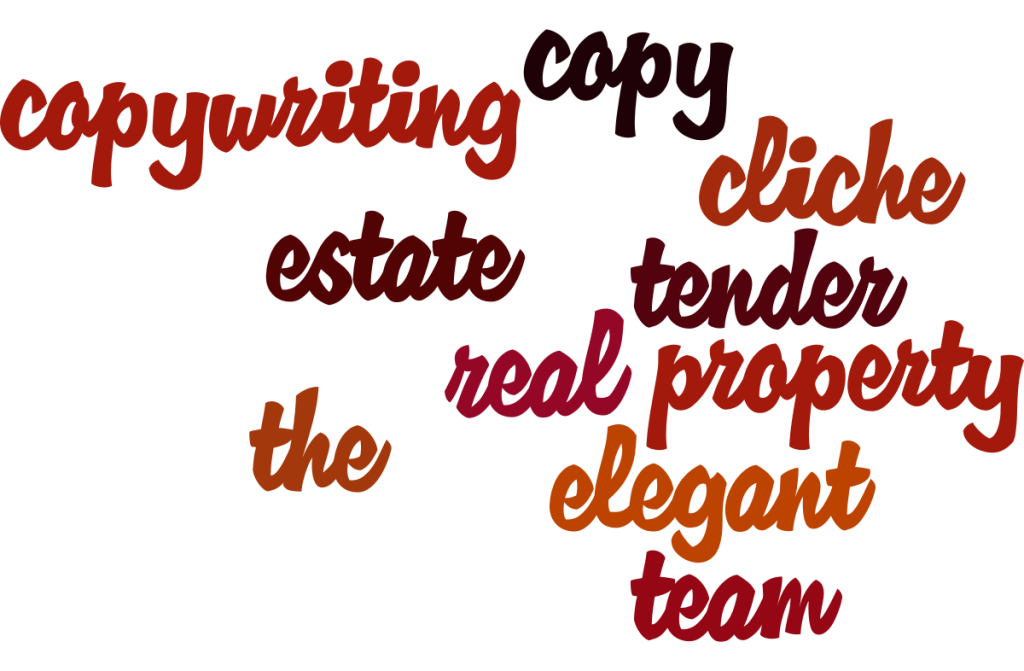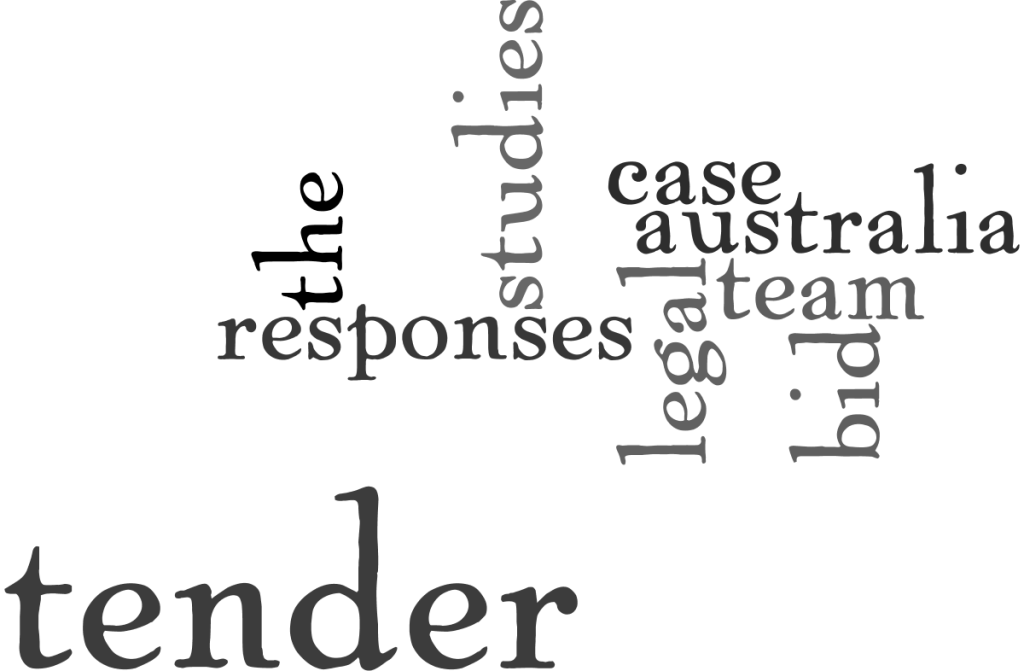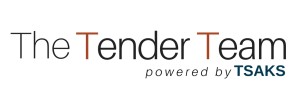
It is often a daunting feeling. The moment you find out one of your major clients will be putting their legal (or other) services out to tender and knowing that a significant portion of your yearly revenue will be at risk.
With the RFP or RFT not being released yet, there is some preparation you can do to ensure you are best prepared to submit a compelling bid and retain the client. In this article we provide you strategies on how to prepare for your next tender or bid to ensure you put forward a winning bid.
Get all your references and supporting evidence lined up
Most local, government and federal organisations do not permit you to communicate with government representatives through the tender process. Therefore, prior to the RFP or RFT being released, it’s a great opportunity to gather references and stats. This applies to when you are the incumbent service provider.
For government tenders across Australia, such as tendering to the Department of Defence, or the Department of Human services, or even your local Council, you can prepare for an upcoming tender by:
- Organising quotes for key contacts in Councils that illustrate and support your claims of good work and service.
- Prepare statistics on customer service levels and how you have met KPIs.
- Gather any supporting evidence and letters from supporting organisations and sub-contractors.
Ensure you are compliant with the current contract requirements
After two or three years servicing the same client under a panel, it’s easy to overlook some of the more basic and less relevant contract requirements. You may provide exceptional legal services and not comply with the reporting and administration requirements of the contract. This often goes unnoticed until tender time, when the client completes an internal audit of your compliance with the contract requirements.
Therefore, if there are quarterly reporting requirements and other protocols to comply with under the contract, it’s a great idea ensure you comply with these and quickly rectify the issue if you aren’t.
Gather evidence of positive feedback
Don’t worry – even us tender writers make the same mistake. Clients provide positive feedback, however, we are so busy working on the next tender we don’t get a chance to file it and record it in a central depository. Now is the time to start the process as you don’t want to be running around and scrawling through emails at the last minute.
Instruct your key relationship holders as well as team members to search for and gather feedback from the client and store in a central repository. The next step is to ramp up your client communication and request their feedback. Use your discretion around when to ask for feedback and record the feedback for use in the tender.
Make any lateral hires and line up any consultants
If you are looking to make a lateral hire, or put forward a consultant to boost your capabilities in a particular practice area, it’s best to start having these discussions prior to the tender being released. This takes the rush out of making any agreements, and also puts you in a strong negotiating position.
It also helps ensure there is a seamless approach to the preparation of the tender and everything is organised (profiles for their CV for example).
Start preparing your content
It is important to be careful here. Nobody wants to do a whole lot of work for nothing and you can never predict exactly what questions will be asked in a tender. However, it’s a good idea to start thinking about major cases which you will like to showcase, and your win themes for the response. What similar clients do you have, where have you delivered value to the client that you really want to showcase and in which practice groups.
It is a good idea to start collecting and preparing information on key cases and organising your CV’s. Plus review your bid or tender for last time and make sure you are delivering on what you promised.
Deliver value-added services
Value added services are important and hopefully you have been providing value added services over the course of the contract / panel. It’s not too late to start if you have overlooked this. Whitepapers, legal updates and workshops are a great way to provide further value, as are any innovative IT solutions you can provide. Keep track of what you deliver so you can talk about these in the tender.
Focus on the relationship
This one goes without saying and therefore we’ve left it till last. Your relationship with the client should be in a healthy position, and no news is good news from here on in until the tender. Some internal controls around who should be communicating with the client and on what level are important and can help ensure you keep the relationship on track right until tender time.
Conduct detailed competitive analysis to prepare for your RFP
It is important to keep a finger on the pulse of what your competitors are doing. A good approach is to identify your key competitors and create a table listing the key criteria in most tenders (experience, key personnel, methodology, points of difference). This will help you to gain an understanding of the competitive landscape, and respond to your tender by putting forward your key win themes and points of difference in a way that makes your bid stand out from the crowd.
Our government contract is going out to tender. Is there a consultancy that can help us write it and win it?
Certainly. Many businesses (and our clients) face the challenge of having their main contract go out to tender. Whether its a local Council contract for building or other services, or a long term federal government services contract, here at The Tender Team we can help you write your tender or RFP response.
We know the importance of a must-win tender. Jobs are on the line and the continued revenue stream is critical to businesses. Add in that sometimes there are larger competitors looking to win the contract and you generally have a challenge on your hands. It’s not simply enough to submit a compliant bid.
You will need to submit a winning bid that is well thought out, expertly prepared, and professionally presented. Our team of tender writers will assist you every step of the way. We are calm and methodical in our approach and will help you submit a tender that gives you the best prospects of success and aligns with industry best practice.
We have helped businesses from all industries including building, maintenance, medical and healthcare, community services, defence and many more.
There you have it – prepare, position and profit!
We provide tender and bid writing services to companies who are looking to get that edge. We service all industries from defence to medical and construction just to name a few. If you want to prepare for your next tender and would require some help, contact out team. We assist companies across Australia including in Sydney, Perth, Brisbane, Canberra, Adelaide, Darwin and Melbourne as well as all regional areas.








